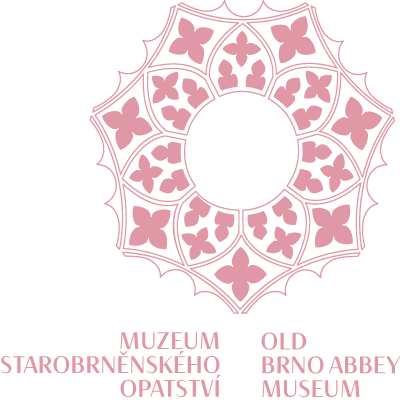Jerusalem from Mount Olivet
Ludwig Blum, 1937 | Oil on canvas, 2 x 8 m| Marked lower right: L. Blum, 1937
The German-Czech Jewish painter Ludwig Blum (1891 Brno-1974 Jerusalem) profiled himself as a very gifted artist from his childhood. In 1911 he enrolled to study at the Academy of Fine Arts in Vienna under David Kohn. The outbreak of the First World War prevented him from completing his training. After being conscripted into the Austro-Hungarian army, he received many decorations for bravery. He did not complete his academic education until 1920 at the Academy of Fine Arts in Prague under Professor Franz Thiele. He then went to British Mandatory Palestine in 1923 and settled in Jerusalem, where he lived until his death. Palestine, and Jerusalem in particular, is a central motif in his works. The Holy Land so enchanted the painter that he decided to settle there permanently. He painted cities, local landscapes and life on kibbutzim. The first exhibition of his paintings was held in Czechoslovakia in 1925 and was followed by others. He was one of the leading Orientalist painters in Czechoslovakia at that time. He won over the public and critics with his wide repertoire of subjects. Apart from Jerusalem and its surroundings, he was inspired mainly by his travels in Mandate Palestine, Jordan, Egypt, Persia and Iraq. On his travels, he captured his perceptions through quick sketches and sketches, which he later transferred to canvas. His work reflects the orientalist view of the eastern landscape, monuments and its foreign-looking inhabitants that was common at the time. He exhibited several more times in his original homeland until 1937, when the political and power situation in Europe interrupted all possibilities of presenting his work. Many of Blum’s works were directly commissioned, as was the case with the monumental canvas Jerusalem from the Mount of Olives (1937), which was created on the initiative of the founder and director of the Biblical Museum at the Augustinian Abbey of Old Brno, Professor Msgr. Antonín Bartos. Blum’s works have been preserved in various art collections around the world, both from this and later periods. Throughout his career, the artist adhered to the conservative rules of academic realism, through which touches of impressionism fleetingly shine through.

